FROM COVER TO COVER: A Guide to Binding Styles

BINDING STYLES
We’re told not to judge a book by it’s cover – but let’s face it – the cover says it all.
If you want your cover to be an accurate reflection of the content within, it’s important to choose the right binding style. For example, a small brochure is likely to be saddle stitched, while a larger, more permanent document may benefit from having a perfect bind. Whatever your preference, don’t forget to consider the purpose of your book and how style, functionality and durability will impact the end user.
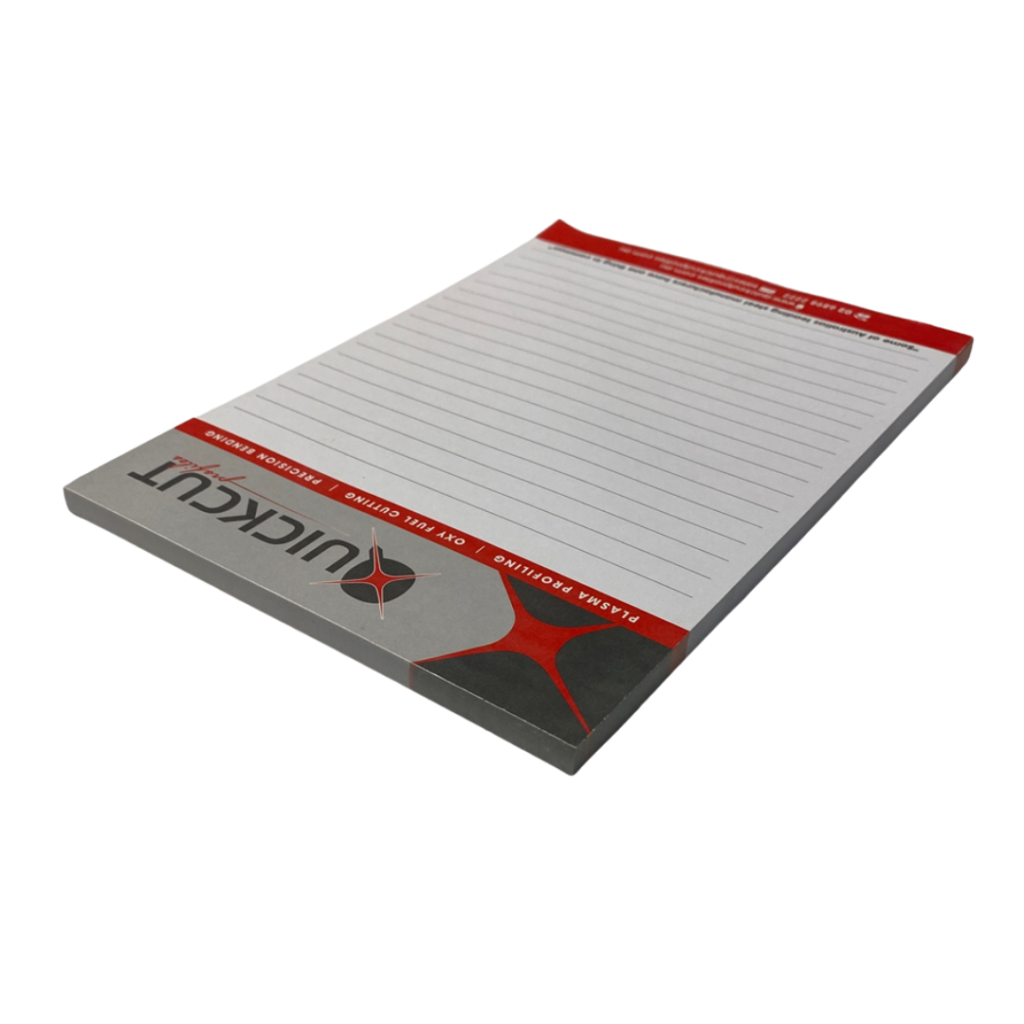
Padded
Padded binding is a binding method that uses padding glue – an adhesive product used to manufacture pads or any ‘tear away’ style paper product. This method is most commonly used for notepads.
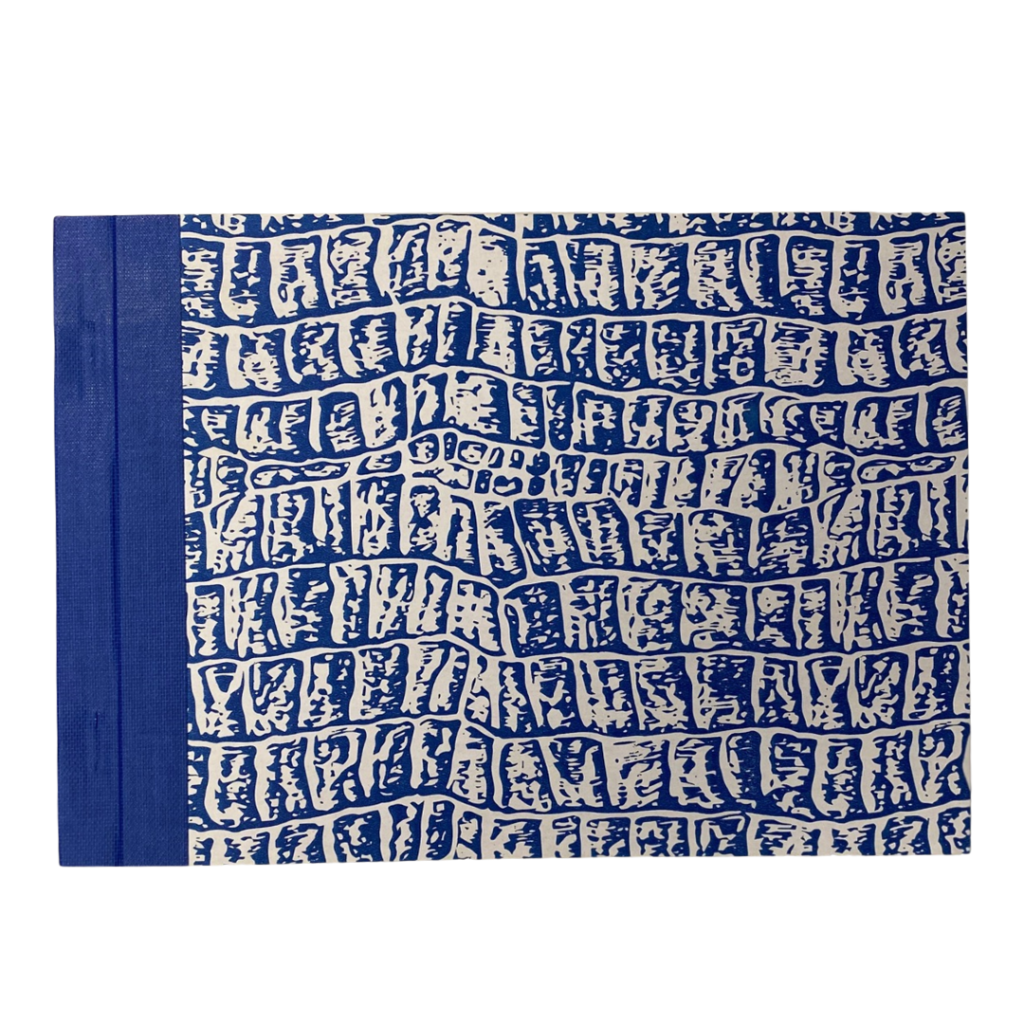
¼ Bound (Hard Cover)
¼ bound is a binding style in which the spine and a small portion of the sides of a book are bound in one material and the sides are covered in a different material. They are most commonly used for docket books.
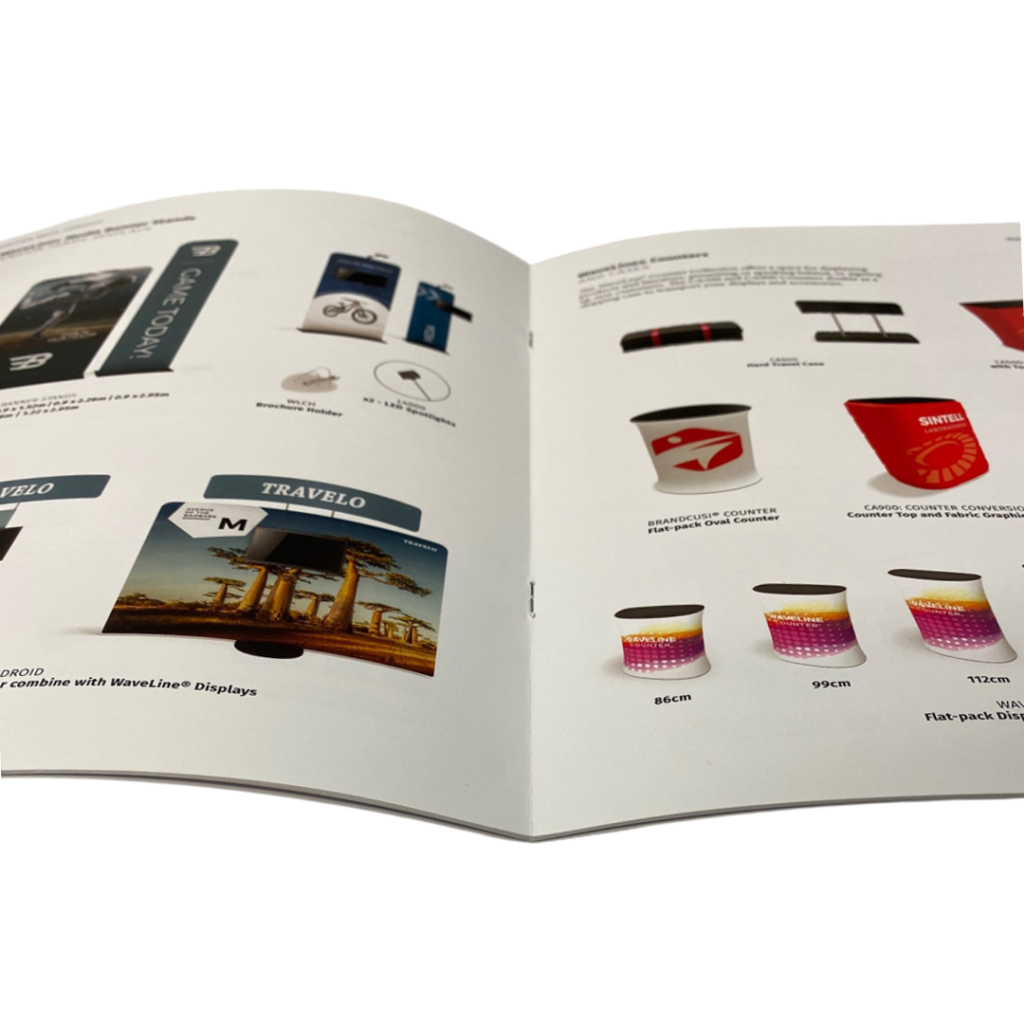
Saddle Stitched
Saddle-stitching is the simplest binding method, in which pages are folded and stapled together. Saddle stitching is an affordable binding method but it isn’t a long lasting solution. This type of binding is used for workbooks, booklets, calendars, and many magazines and catalogues with smaller page counts.
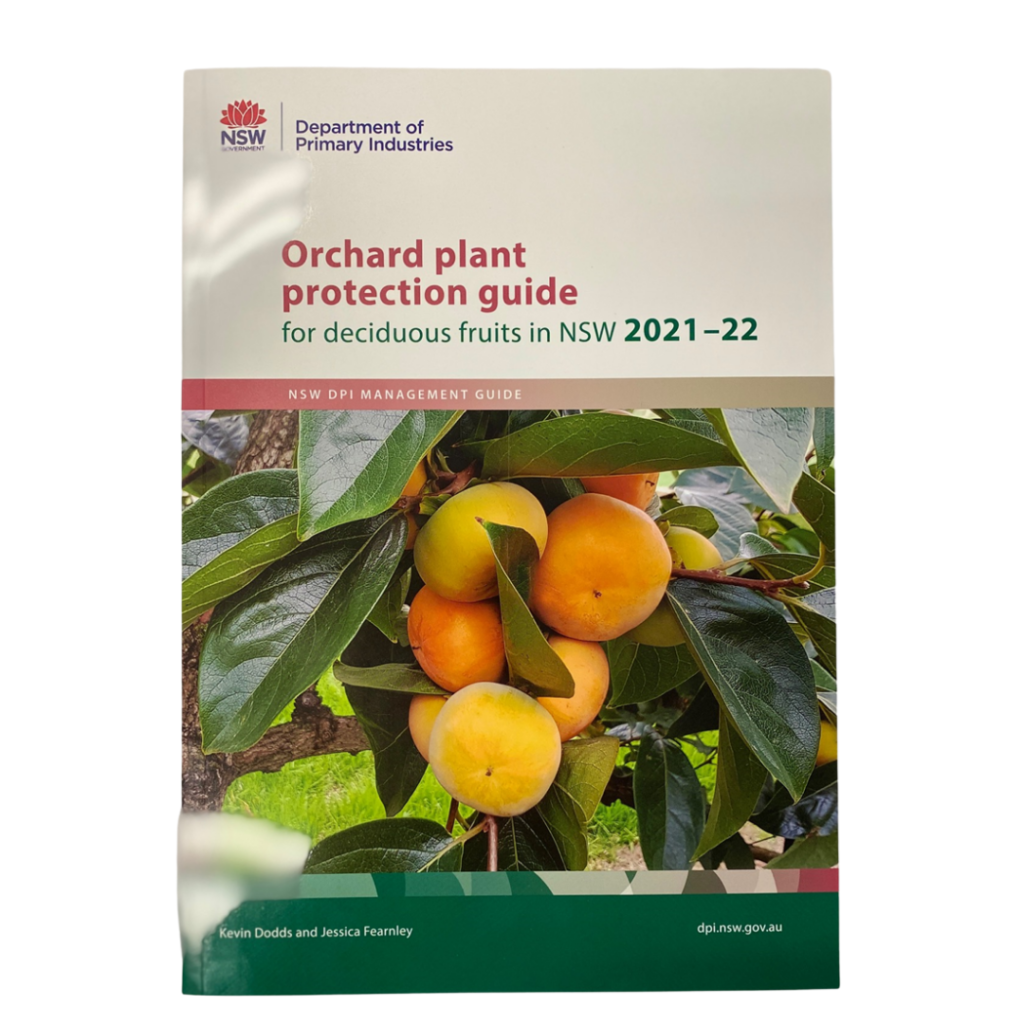
Perfect Bound (Softcover)
Perfect binding is the binding method used for softcover books and trade paperbacks. Pages are folded, gathered, sewn, and then glued into a cover, forming a squared-off spine. This method works best for thicker books that need to be premium and long lasting.
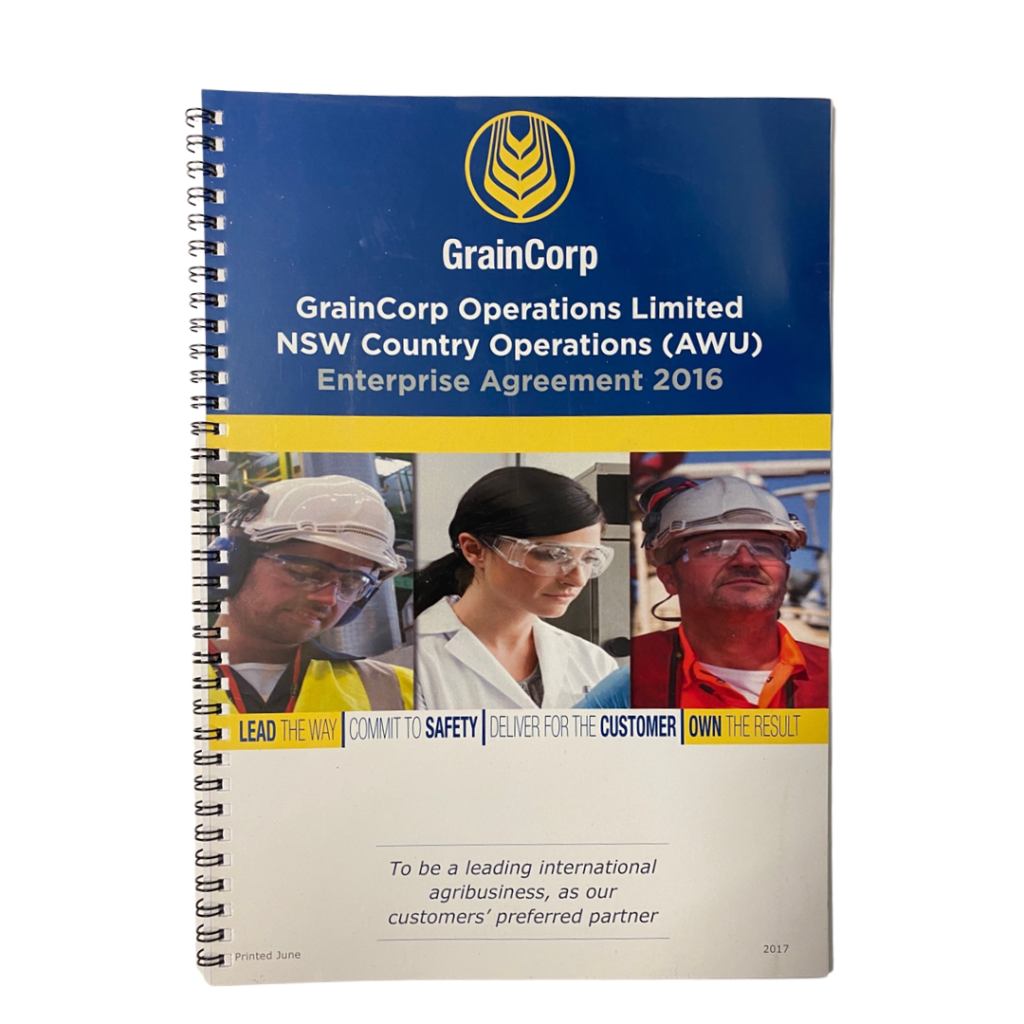
Wire Bound
In wire binding, pages are trimmed and assembled, holes are punched along one side, and wire is clamped down through those holes. Wire binding lays completely flat and is often used for cookbooks and manuals.
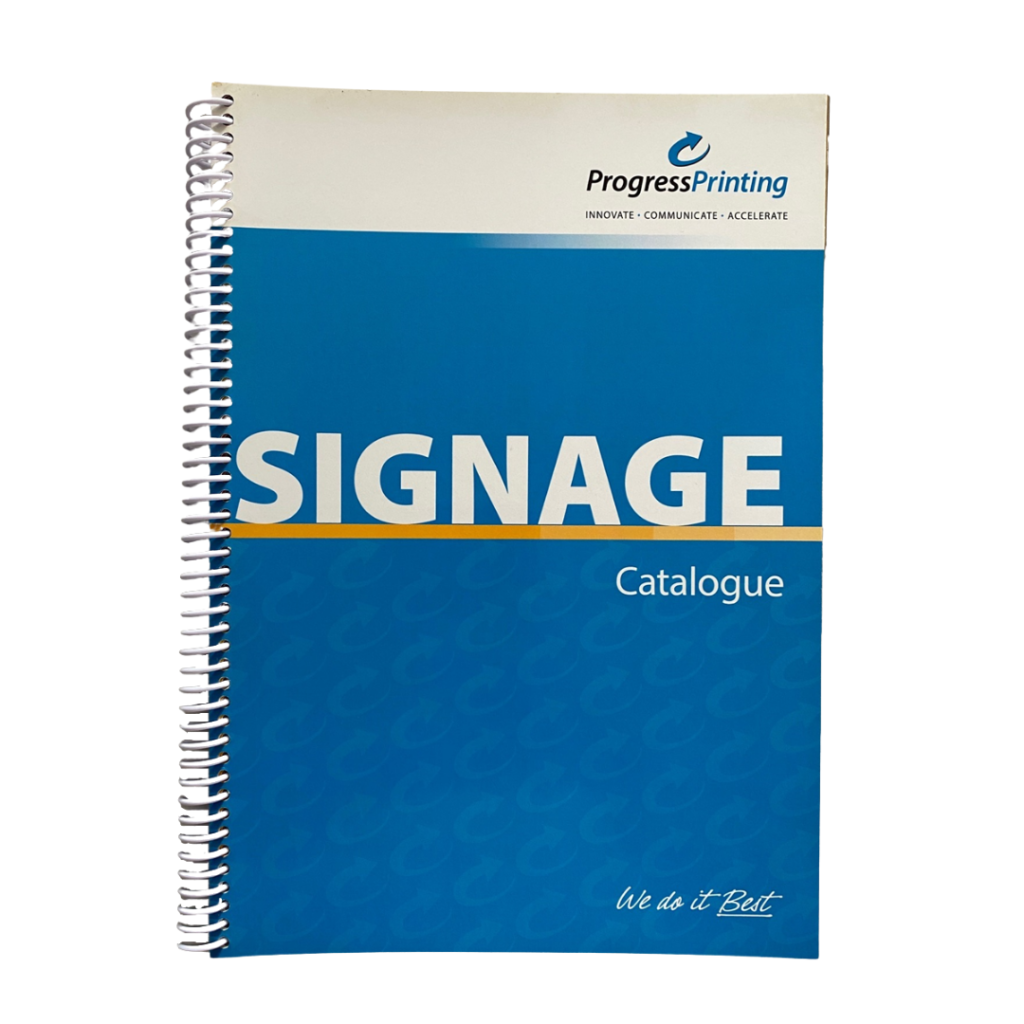
Plastic Coil/Spiral
Spiral binding is identical to wire binding; however, the only difference is the material used. Spiral binding uses a plastic coil rather than a wire coil.
